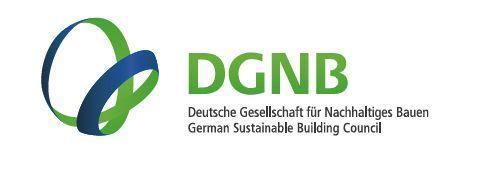Life Cycle Assessments – A guide on using the LCA

The present guidelines, which the DGNB has developed together with its members, convey a basic understanding of the great benefits that is offered by the use of life cycle assessments in the planning process.
The DGNB has made it its primary goal to plan, operate and use the built environment of the present day for the benefit of all, and in such a way that the generations that follow us can fully utilise their own potential and not be constrained in their opportunities by the decisions that we make today.
This goal is inevitably linked to planning districts, buildings and interior spaces in a way that is logically oriented to their entire life cycle, reducing both the consumption of finite resources and environmentally critical air, water and soil pollution to a minimum across all phases of a building's life.
The appropriate tool for this purpose is the method of life cycle assessment (LCA).
The aim of these guidelines are:
1. To encourage designers and building contractors to employ life cycle assessments as a planning and optimisation tool for environmentally oriented buildings
2. To provide arguments as to why it is worth employing life cycle assessments in the early stages of building planning
3. To provide examples of how to successfully communicate the results of life cycle assessments
These guidelines aim to promote the increased use of life cycle assessments in the planning process, by demonstrating the relevance and potential of this tool.
Designers and building contractors are additionally provided with arguments for employing these methods as an optimisation tool as early as possible in the planning and implementation process, and the sustainability effects that can be achieved as a result of this are emphasised.
Furthermore, the reader is presented with examples of how the results of life cycle assessments are communicated and can serve as supporting arguments for making more environmentally sensible decisions in the course of the planning process.
The method of life cycle assessment is one of the most effective ways to find out the impact on the environment resulting from construction methods, energy concepts, components, and products – essentially, all aspects of planning that take place in the construction of a new building, a renovation or a modernisation project.
Two substantial advantages are:
- It helps those in charge of a project to make better informed decisions in the planning and implementation process.
- It stimulates innovation by highlighting opportunities to create products and buildings with higher environmental quality and better efficiency.
News published on Build Up Publications
Consult the source



